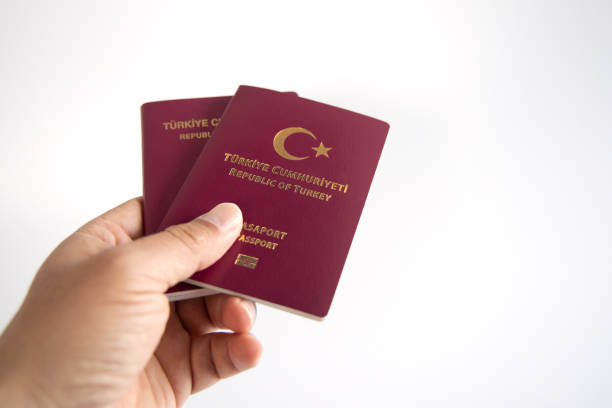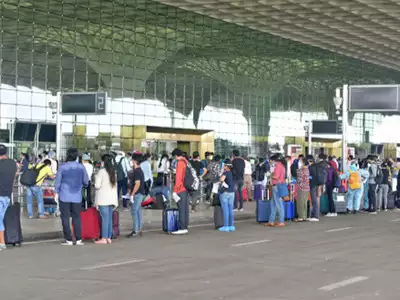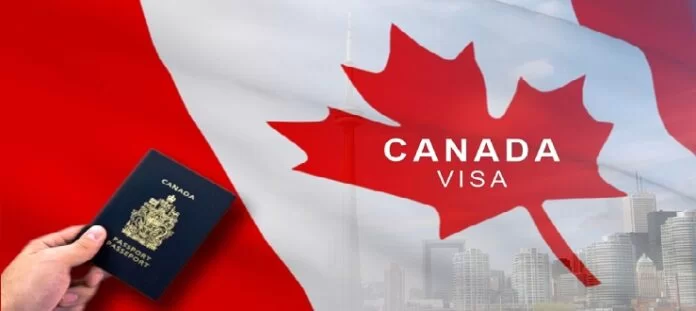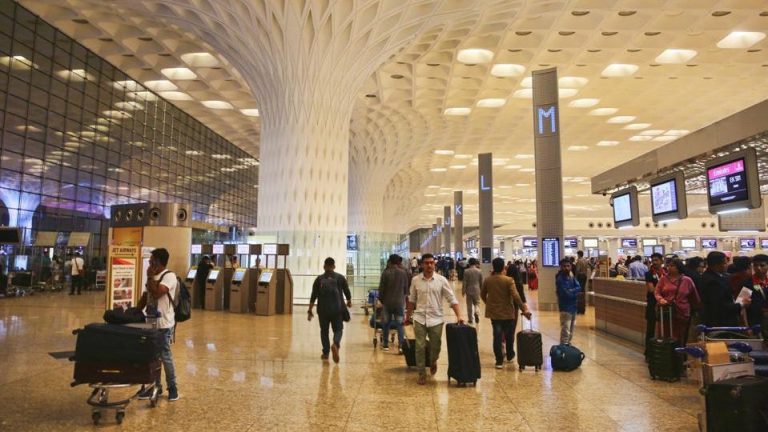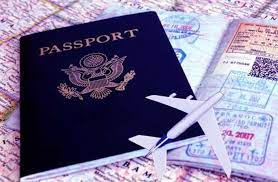Troubleshooting Common Technical Issues in US Visa Applications
Are you planning to embark on a thrilling journey to the land of opportunity, but find yourself stuck in a maze of technical difficulties while applying for your US visa? Fret not! We understand how frustrating it can be when technology fails us just at the moment we need it most. That’s why we’ve crafted this blog post as your ultimate guide to troubleshooting those pesky technical issues that often plague US visa applications. From glitches in online forms to mysterious error messages, join us as we unravel the secrets behind these common hurdles and equip you with foolproof solutions. So sit back, relax, and get ready to conquer any technological challenge standing between you and your American dream! US Visa Technical Issues
Introduction to US Visa Applications and Common Technical Issues
Applying for a US visa can be a complicated and daunting process, especially when it comes to the technical aspect of the application. In this section, we will provide an overview of the US visa application process and highlight some of the common technical issues that applicants may encounter.
The first step in applying for a US visa is determining which type of visa you need. There are various categories of visas, each with its own specific requirements and procedures. The most commonly applied for visas are tourist (B-2) visas, student (F-1) visas, and work (H-1B) visas.
Once you have determined the type of visa you need, you can start the application process by filling out the online Nonimmigrant Visa Electronic Application (DS-160) form. This form collects personal information about the applicant, including their name, date of birth, address, employment history, and purpose of travel. It is important to fill out this form accurately and completely as any errors could result in delays or even denial of your visa.
One common technical issue that applicants face when filling out the DS-160 form is trouble accessing or saving their application. To avoid this issue, it is recommended to use a reliable internet connection and save your progress frequently while completing the form. Additionally, make sure to follow all instructions carefully and double-check all entered information before submitting. US VISA APPLICATION
After completing the DS-160 form, applicants must pay the non-refundable
Understanding the Different Types of US Visas
When it comes to traveling to the United States, most foreign nationals are required to obtain a visa in order to enter the country. However, not all visas are created equal and it is important to understand the different types of US visas before beginning your visa application process. In this section, we will break down the various categories of US visas and provide an overview of their requirements and purpose.
1. Non-immigrant Visas:
Non-immigrant visas are granted for temporary visits to the United States, usually for business or tourism purposes. These visas allow foreigners to enter the country for a specific period of time and then return back to their home country. Some common types of non-immigrant visas include B-1 (business), B-2 (tourism), F-1 (student), H-1B (temporary worker) and J-1 (exchange visitor). Each type has its own set of eligibility criteria and documentation requirements.
2. Immigrant Visas:
Immigrant visas are granted to individuals who intend on permanently living in the United States. These visas lead to permanent residency status also known as a Green Card. The most common immigrant visa categories include family-based immigration, employment-based immigration, diversity lottery program, refugee/asylee status, and special immigrant categories such as religious workers or victims of crime.
3. Dual Intent Visas:
Some non-immigrant visas allow dual intent, meaning that individuals can have both temporary stay intentions as well as long-term immigration goals while applying
The Importance of Properly Filling Out the Application Form
The application form is a crucial component of the US visa process, as it serves as the first point of contact between the applicant and the US government. It is essential to understand that filling out this form accurately and completely is critical for a successful visa application. The smallest error or omission on the application can result in delays, rejections, or even denial of entry into the United States.
Here are some reasons why properly filling out the application form is so important:
1. Avoids Delays and Rejection: One of the most significant advantages of correctly filling out your visa application form is that it avoids delays in processing and potential rejection. The US government has strict guidelines regarding visa applications, and any mistakes or missing information can lead to an immediate rejection. This means you will have to go through the entire process again, causing unnecessary delays in your travel plans.
2. Provides Accurate Information: Your visa application form requires you to provide personal information such as your name, date of birth, address, family details, employment history, etc. Providing accurate information ensures that there are no discrepancies with your supporting documents and background checks by immigration officers. Inaccurate information can raise suspicion and jeopardize your chances of obtaining a visa.
3. Demonstrates Genuine Intentions: A well-filled-out application form reflects your genuine intentions to visit the United States for legitimate purposes. If any part of your application seems vague or incomplete, it may raise red flags for immigration officers who are trained to detect fraudulent activities.
Tips for Accurately Completing the DS-160 Form
The DS-160 form is a vital part of the US visa application process. It contains important information about your personal details, travel plans, and purpose of visit to the United States. Accurately completing this form is crucial in ensuring a smooth and successful visa application.
To help you navigate through this crucial step, here are some tips for accurately completing the DS-160 form:
1. Gather all necessary documents beforehand: Before starting to fill out the DS-160 form, make sure you have all the necessary documents on hand. This includes your passport, travel itinerary, employment history, and other supporting documents as per your visa category.
2. Familiarize yourself with the questions: The DS-160 form consists of several sections with questions ranging from personal information to security-related queries. Take some time to go through each question carefully before answering to avoid any mistakes or confusion.
3. Be consistent with your answers: Inconsistency in your answers can raise red flags during the visa interview. Make sure that your answers are consistent throughout the entire form and match the information provided in other supporting documents.
4. Keep track of dates: The DS-160 form requires you to provide specific dates for your travel plans and previous work/education history. It is essential to have these dates accurately recorded as they may be cross-checked during your interview.
5. Use accurate information: Providing false or incorrect information on the DS-160 form can result in serious consequences such as refusal or denial of entry into the United.
